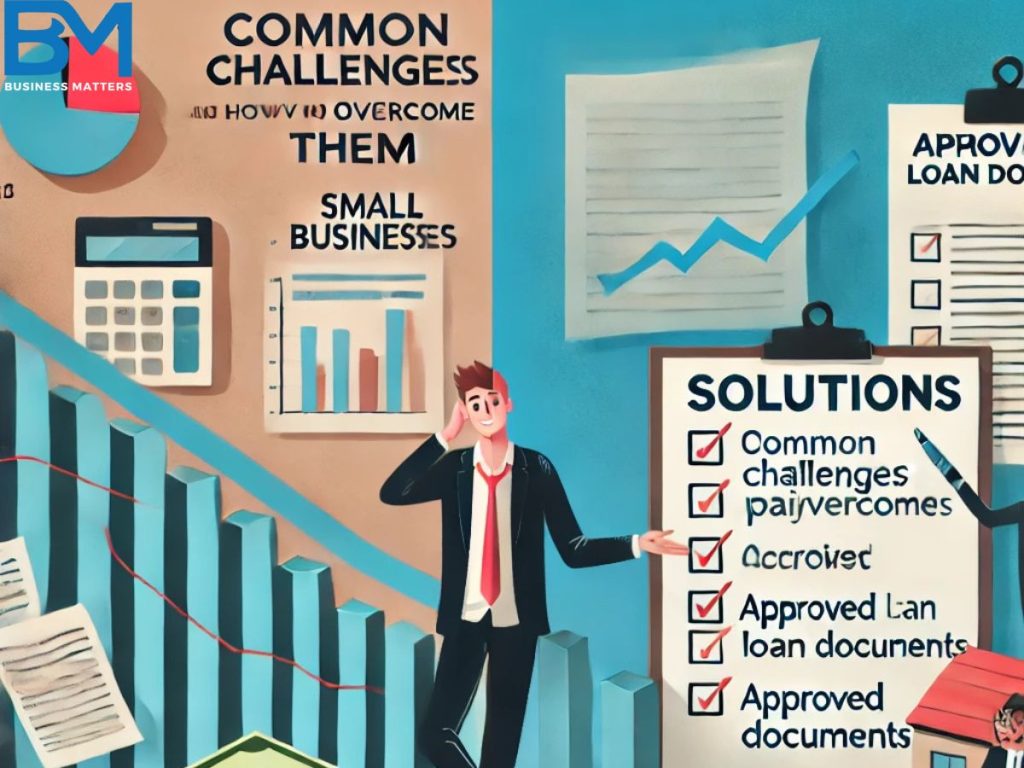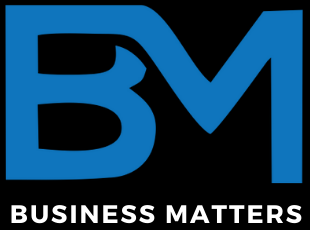Starting or growing a small business often requires additional financial resources, and one of the most common ways to secure funding is through a bank loan. Navigating the loan application process can seem daunting, especially if you’re a first-time borrower. This detailed guide will walk you through the steps, requirements, and best practices to help you secure a bank loan for your small business successfully.
Understanding Bank Loans for Small Businesses
Bank loans are one of the most traditional forms of financing for small businesses. These loans are provided by financial institutions and are typically repaid with interest over a specified term. Unlike venture capital or angel investments, a bank loan does not require you to give up equity in your business. However, it does require a robust plan to convince lenders of your ability to repay the loan.
There are several types of bank loans for small businesses, including term loans, lines of credit, equipment loans, and Small Business Administration (SBA) loans. Understanding which type of loan suits your needs is critical to streamlining the application process and increasing your chances of approval.
Step 1: Assess Your Business Needs

Before applying for a loan, it’s crucial to evaluate why you need the funding and how much you require. Are you looking to expand your operations, purchase equipment, manage cash flow, or launch a new product line? Having a clear purpose not only helps you determine the loan amount but also demonstrates to the bank that you have a well-thought-out plan.
Take the time to calculate the exact amount of money your business needs. Avoid overestimating or underestimating, as both can negatively impact your chances of approval. A detailed breakdown of your funding requirements will show the lender that you’re serious about managing your finances.
Step 2: Research Your Options
Not all bank loans are created equal. Different lenders offer varying terms, interest rates, and repayment conditions. Spend time researching the options available in your region. Compare offerings from local banks, national banks, credit unions, and online lenders.
For instance, some banks specialize in working with startups, while others prefer businesses with a track record of revenue. SBA loans are another excellent option as they are partially guaranteed by the government, reducing the risk for lenders and often offering lower interest rates.
Step 3: Prepare Your Business Plan
A solid business plan is one of the most important documents you’ll need when applying for a bank loan. This plan provides the lender with an overview of your business, including your goals, market analysis, operational strategy, and financial projections.
Ensure your business plan includes:
- Executive Summary: A brief overview of your business and loan requirements.
- Market Analysis: Research showing the demand for your product or service.
- Company Description: Background, mission, and vision of your business.
- Organizational Structure: Information about your team and their roles.
- Financial Projections: Detailed income statements, cash flow forecasts, and balance sheets for at least three years.
Lenders use your business plan to assess the viability of your business and its ability to generate enough revenue to repay the loan. Make it as comprehensive and professional as possible.
Step 4: Organize Your Financial Documents

Your financial health plays a pivotal role in the loan approval process. Banks will scrutinize your financial records to evaluate your creditworthiness and repayment ability. Organize and present the following documents:
- Personal and Business Credit Reports: Check your credit scores in advance and address any errors.
- Tax Returns: Provide at least two to three years of personal and business tax returns.
- Bank Statements: Recent statements showing cash flow and account balances.
- Profit and Loss Statements: A summary of revenues, costs, and expenses.
- Balance Sheets: Detailed information about your assets, liabilities, and equity.
- Debt Schedule: A list of any existing debts and repayment plans.
Having these documents readily available not only expedites the process but also shows lenders that you are organized and financially responsible.
Step 5: Build a Strong Personal and Business Credit Profile
Your credit profile is a key factor in determining your loan eligibility. Lenders look at both personal and business credit scores to assess risk. A high credit score signals reliability, while a low score can be a red flag.
If your credit score needs improvement, consider the following steps before applying:
- Pay off outstanding debts.
- Avoid applying for multiple lines of credit within a short period.
- Ensure timely payments on all existing loans and credit cards.
- Dispute any inaccuracies on your credit reports.
For new businesses without an established credit history, your credit score will carry significant weight. Demonstrate financial discipline in your finances to build trust with lenders.
Step 6: Identify Collateral and Guarantees
Banks often require collateral to secure a loan. Collateral is an asset, such as real estate, equipment, or inventory, that the bank can seize if you default on the loan. While not all loans require collateral, having it can improve your chances of approval and may lead to more favorable terms.
If you lack sufficient collateral, consider finding a guarantor—someone with a strong financial profile who is willing to co-sign the loan. This shows the bank that there is additional backing for repayment.
Step 7: Meet with Potential Lenders
Once your documents and business plan are in order, schedule meetings with potential lenders. Use these meetings to discuss your business needs, understand their loan offerings, and gauge their willingness to work with you.
Be prepared to answer detailed questions about your business and financials. Confidence and preparedness can leave a strong impression on the lender. If you’re unsure about any aspect of the loan process, don’t hesitate to ask for clarification.
Step 8: Submit Your Application
When you’re ready, submit your loan application along with all the required documentation. Double-check everything to ensure accuracy and completeness. Missing or incorrect information can delay the approval process.
Most banks provide an online portal for submitting applications, but some may still require in-person submissions. After submission, stay in touch with your lender for updates and respond promptly to any additional requests.
Step 9: Understand the Loan Terms
If your bank loan is approved, carefully review the bank loan agreement before signing. Pay attention to:
- Interest Rates: Fixed vs. variable rates and their impact on repayment.
- Repayment Terms: Monthly payments, duration, and penalties for early repayment.
- Fees: Origination fees, late payment penalties, and other charges.
- Covenants: Conditions set by the lender to ensure compliance during the bank loan term.
Understanding these terms is crucial to avoiding surprises down the road. If anything is unclear, consult a financial advisor or legal professional.
Common Challenges and How to Overcome Them

The bank loan application process is not without its hurdles. Here are some common challenges and strategies to address them:
- Low Credit Scores: Focus on improving your credit profile before applying.
- Insufficient Collateral: Explore alternative options such as SBA loans that have less stringent collateral requirements.
- Limited Business History: Highlight your industry experience and provide detailed financial projections to compensate for a lack of track record.
- Complex Documentation: Work with a financial advisor or accountant to organize and present your documents effectively.
Post-Approval Tips
Securing a bank loan is just the beginning. To ensure long-term success:
- Use the funds strictly for their intended purpose.
- Monitor your cash flow closely to stay on top of repayments.
- Communicate with your lender if you face any difficulties in repayment.
- Keep detailed financial records and regularly update your business plan.
Conclusion
Obtaining a bank loan for your small business requires thorough preparation, clear communication, and a solid understanding of your financial needs. By following these steps and presenting a compelling case, you can increase your chances of approval and secure the funding necessary to achieve your business goals. Remember, persistence and preparation are key—even if you face initial rejections, learn from the experience and refine your approach.
A well-executed bank loan strategy not only provides the financial support you need but also sets a strong foundation for building a successful and sustainable business.


